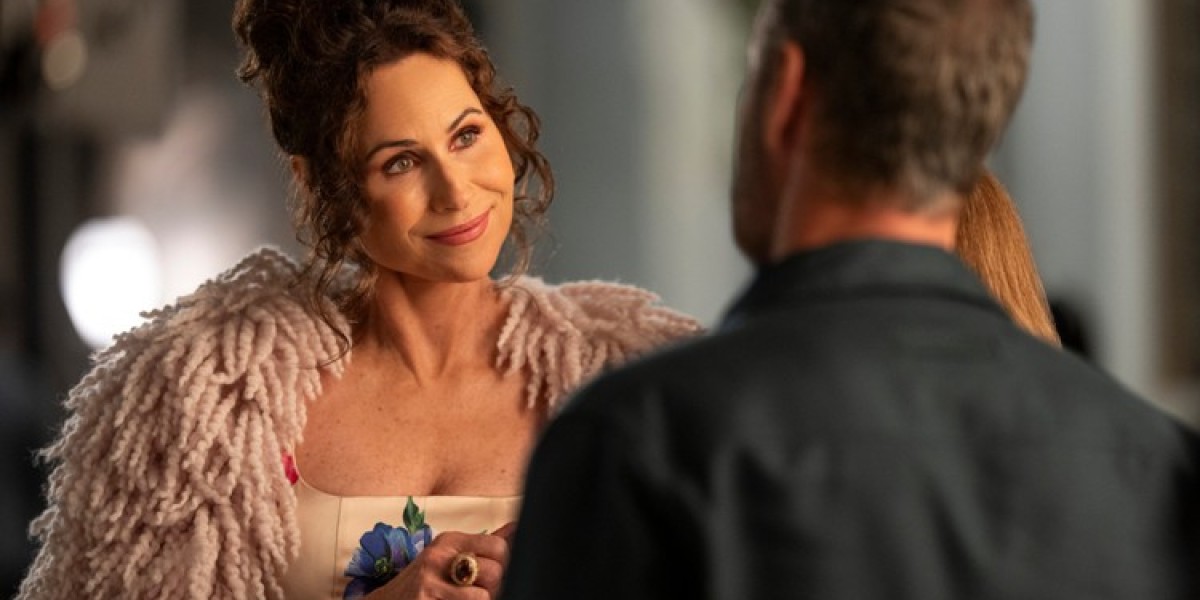Understanding the Real Cause Behind Fading Floors
Faded or discolored flooring isn’t just a cosmetic issue—it’s a sign that your floors have been under long-term UV stress. Whether it’s hardwood, vinyl, or laminate, constant exposure to sunlight can cause pigments and finishes to break down. The result? Uneven color patches, dull surfaces, and floors that look older than they really are.
In Florida, especially in sun-drenched areas like Plant City, this problem is more common than many homeowners realize. South-facing rooms with large windows, sliding glass doors, or skylights are particularly vulnerable. Even high-quality finishes can’t completely block ultraviolet (UV) radiation over time.
A common mistake I often see as a flooring professional is homeowners assuming that pulling the blinds halfway is enough protection. Unfortunately, UV rays can still sneak in through indirect angles and reflective surfaces—like mirrors or nearby walls—gradually bleaching the floor even when sunlight isn’t direct.
Which Flooring Types Are Most Prone to Sun Damage?
Some flooring materials naturally resist UV exposure better than others. However, no floor is entirely immune. Here’s a breakdown of how various flooring types react over time:
Hardwood Floors: The natural oils and dyes in wood react to light, leading to oxidation. Lighter woods like oak may turn yellowish, while darker ones like walnut can fade or gray out.
Vinyl and Laminate: These synthetic materials often have UV-resistant coatings, but cheaper varieties tend to fade unevenly, leaving visible contrast near windows.
Tile and Stone: While they don’t “fade” in the traditional sense, porous tiles may develop discoloration or slight dullness from prolonged sun exposure.
Carpet and Rugs: Dyes in textiles are extremely sensitive to sunlight, often leading to noticeable fading patterns that expose the outline of furniture or rug placement.
Early Signs of UV-Related Floor Damage
Catching the problem early can save you from costly refinishing later. Look for these subtle but telling indicators:
Uneven Coloration: Noticeably lighter areas where sunlight hits regularly.
Loss of Gloss or Sheen: The finish appears dull compared to shaded areas.
Texture Changes: Wood grain may feel slightly rougher or vinyl may appear brittle.
Outline Shadows: When moving furniture, the covered area remains darker than the rest of the floor.
If you start noticing these patterns, it’s time to take preventive action before the damage becomes permanent.
Practical Ways to Prevent Floor Fading
Protecting your floors doesn’t require living in the dark or covering every window. A few smart adjustments can make a big difference.
1. Use UV-Protective Window Films
Installing UV-filtering film on your windows can block up to 99% of harmful rays without affecting visibility. These films are affordable, non-intrusive, and can reduce indoor temperature fluctuations too.
2. Rearrange Furniture and Rugs Periodically
Every few months, rotate rugs or shift furniture slightly. This helps distribute light exposure evenly, preventing noticeable fade lines or shadow marks.
3. Apply Protective Coatings or Sealants
For hardwood floors, a professional can apply UV-blocking polyurethane finishes. Some newer water-based sealants include additives that help slow down discoloration.
4. Consider Window Treatments with Reflective Backing
Modern blinds and curtains with reflective coatings can significantly reduce sunlight intensity without sacrificing style.
5. Schedule Regular Floor Maintenance
As explained in a detailed flooring guide by Homeleader Renovation, consistent maintenance and refinishing are key to extending your floor’s lifespan—especially in high-UV regions like 1701 E Spencer St, Plant City, FL 33563. Proper care ensures that protective finishes remain intact and effective over time.
A Personal Observation from the Field
One recurring issue I’ve seen over the years is that people tend to refinish only the visibly faded section of the floor. While this might look fine initially, the color mismatch becomes obvious within months as the rest of the floor continues to age.
Pro tip: Always refinish or treat the entire surface, even if only one area seems affected. Consistency in treatment ensures uniform wear and prevents patchy discoloration.
Insider Tips for Long-Term Floor Protection
Here are two “pro-level” techniques I’ve learned through experience that go beyond the basics:
Use Neutral-Tone Stains for Hardwood:
Instead of dark stains, consider natural or neutral shades. They show less contrast when fading occurs, helping floors age gracefully over time.Install Area Rugs with Breathable Pads:
Many homeowners don’t realize that thick rubber or foam pads can trap heat under rugs, accelerating discoloration. Use felt or woven rug pads that allow airflow while still protecting against abrasion.







